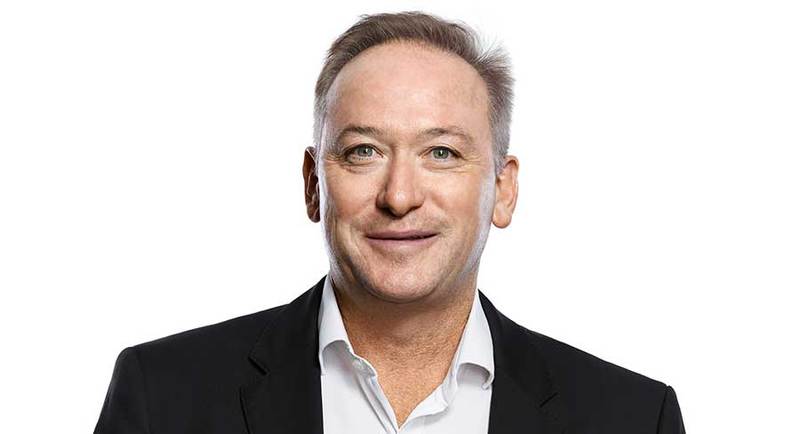Despite the grim realities of a global economy that will be the worst since the Great Depression, advertising weathered the storm relatively well and will end up at declining by “only” 5.8% on an underlying basis (excluding-U.S. political advertising), according to Group’s adspend forecast.
This is a much better expectation than its June forecast of an 11.9% decline for 2020, but still a sharp fall from 2019’s 8.7% growth rate. Based on the resiliency of digital advertising through the pandemic, GroupM updated its 2021 outlook for the global advertising market from our June forecast of 8.2% to 12.3% growth.
Digital advertising is expected to grow by 8.2% during 2020, excluding US political activity. This follows nearly a decade of double-digit growth, including the last six years, when it was better than 20% globally.
• Digital advertising for pure-play media owners like Amazon, Facebook, Google, etc., should be 61% of advertising in 2021. This share has doubled since 2015 when it was only 30.6%.
• By 2024, GroupM estimates digital advertising will have 66% share globally.
Television advertising will decline by 15.1% excluding US political advertising, before rebounding to grow 7.8% next year.
• Digital extensions and related media, including advertising associated with traditional media owners’ streaming activities (primarily on connected environments), will grow 7.8% this year and 23.2% next year.
Outdoor advertising is estimated to decline by 31% during 2020, including digital out-of-home media. Next year should see a partial rebound, with 18% growth.
• Beyond 2021, GroupM expects outdoor advertising to grow by low or mid-single digits and generally lose share of total advertising; however, expect larger brands generally to allocate more of their budgets to the medium.
Print advertising, including newspapers and magazines, is expected to decline 5% for the year, a significant acceleration over the high-single-digit declines of recent years. However, those single-digital declines should resume following an economic recovery.
Audio advertising is likely to decline by 24% during 2020 as advertisers disinvest, in part, because of the medium’s dependence on away-from-home activities, such as driving. Digital extensions, including streaming services from terrestrial stations and their digitally oriented competitors and podcasts, still attract relatively small audiences of a few billion, but help make the broader medium more appealing to marketers.
Mark Lollback (pictured), GroupM Australia CEO says: “Locally we saw the acceleration of trends like E-commerce which has drawn closer ties between marketing activity and purchasing as well as growth in BVOD audiences. Despite the challenges, within the disruption of this year there have been many opportunities to connect with consumers in different ways. Understanding the role media channels play overall in delivering objectives and enabling clients to maximise flexibility around consumer consumption trends in the short term, alongside long-term marketing goals are necessary as we move out of 2020. We have a sense of optimism going into 2021 and if we continue to lean into technology and the talented specialists in our agencies, and work closely with our media partners, we can continue to deliver outcomes for or clients and help drive the Australian economy forward.”
